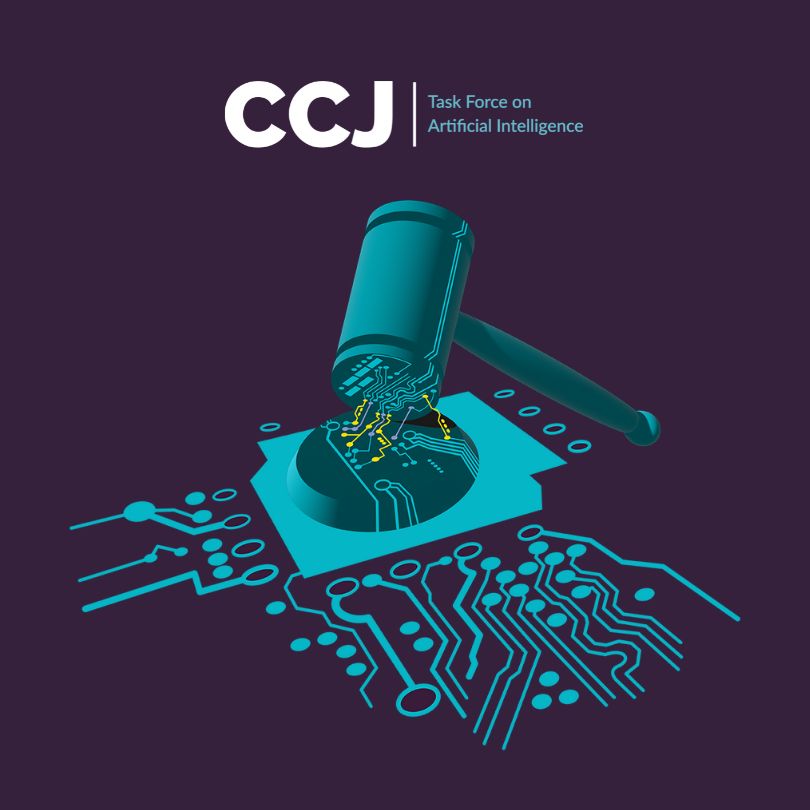Featured Speakers
Thomas Abt – Senior Fellow, Harvard Kennedy School
Ron Davis – Former Director, Community Oriented Policing Services (COPS) Office, U.S. Department of Justice; Partner, 21CP Solutions
Mannone Butler – Executive Director, Criminal Justice Coordinating Council of the District of Columbia
Anne Seymour – National Victims Advocate
Wesley Lowery – National Correspondent, The Washington Post
On July 31, 2019 the Council on Criminal Justice and The Harry Frank Guggenheim Foundation hosted Thomas Abt, Senior Fellow at the Harvard Kennedy School and author of Bleeding Out: Strategies to Reduce Urban Violence, for a discussion with Wesley Lowery, National Correspondent for The Washington Post. The following video and summary provide an overview of the discussion.
Violent Crime in the U.S.
Violent crime rates in the United States have fallen substantially from their peak in the early 1990s, yet the country still suffers far more homicides per capita than any other wealthy nation. In 2018, 16,214 people were murdered in the United States – about 44 people per day.
People of color living in low-income urban communities bear the brunt of this deadly burden. For young Latino men, homicide is the second-leading cause of death. For young black men, homicide is not only the leading cause of death, it also accounts for more deaths than the nine other top causes combined.
America’s high rate of urban gun violence is perceived to be one of the most intractable issues of our time, but 30 years of rigorous social science now demonstrates that certain strategies can reliably save lives.
In his book, Bleeding Out: Strategies to Reduce Urban Violence, Thomas Abt outlines those concrete approaches and three foundational principles—focus, balance, and fairness—that provide a framework for policymakers, police, and residents to reduce violence in their communities.
Focus
Dozens of studies demonstrate that violence concentrates among small groups of people and places. “In every city, we know that there is a surprisingly small cluster of people and places that are causing a disproportionate amount of the violence,” said Abt. Tiny networks of a fraction of a percent of a city’s population will typically account for more than half its homicides.
In order to effectively target these individuals and locations, many cities are using a multi-disciplinary team approach known as “focused deterrence.” The process begins with an analysis of data to identify the small number of people responsible for driving the violence. Oftentimes, these are people who face both the greatest risk of victimization and represent the highest likelihood committing a crime of violence.
 Programs that target such concentrations have proven effective. Oakland, California, for example, reduced homicides by more than 50% when it implemented its own version of focused deterrence, Operation Ceasefire, that began in 2012. With Ceasefire, community members, social service providers, and law enforcement officials partnered to present high-risk individuals and groups with a simple but strong message: “We care about you and want to see you alive and free, but the shooting must stop.”
Programs that target such concentrations have proven effective. Oakland, California, for example, reduced homicides by more than 50% when it implemented its own version of focused deterrence, Operation Ceasefire, that began in 2012. With Ceasefire, community members, social service providers, and law enforcement officials partnered to present high-risk individuals and groups with a simple but strong message: “We care about you and want to see you alive and free, but the shooting must stop.”
The partnership then backed up their words with actions, providing relationship-based social services and, when necessary, narrowly focused enforcement actions. A rigorous review recently found that across the nation, similar efforts produced positive results 12 out of 12 times.
The problem of urban violence differs from city to city based on the unique challenges faced in those communities, but many commonalities exist. These are often low-income communities of color that have historically lacked access to resources—especially mental health services, social services, and substance abuse treatment.
Anne Seymour has been developing policies and services for crime victims and survivors across the country for 30 years. Her take? “We talk often about food deserts in communities – in D.C., we had service deserts. Just making sure that we are putting services and support in the communities where urban violence is most significant makes a huge difference.”
Balance
Much of the success in cities like Oakland lay in its departure from a traditional retributive model of punishment toward one focused on a balanced approach. That, Abt believes, has been key to its success.
“No city has arrested their way out of this challenge or simply programmed their way out, for that matter,” he noted.
Research validates Oakland’s model, showing that because high-risk individuals respond to both rewards and punishments, balanced approaches including both incentives and sanctions work best. No city stops violence only with law enforcement, or without law enforcement entirely. Much is made of policing in New York, but the city’s drop in crime was also supported by a rich tapestry of community-based services. In Los Angeles, police partnered with gang intervention workers to interrupt cycles of violence while the city offers family-based services to prevent adolescents and teenagers from joining gangs. 
Panelist Ron Davis spent over 30 years working in law enforcement, often working homicide cases. He witnessed the response from government and community in the aftermath of shootings– moments where balance was often forgotten.
“From a governing point of view, you have to make sure that you budget and prioritize appropriately,” Davis said. “Is it 100 new cops or is it mental health workers who can be out there 24 hours a day? Are there street outreach workers that I can fund? Are there re-entry workers? In moments of urgency, we have to remember these priorities.”
Instead, he added, politically charged solutions from the right and left have often focused efforts on quick fixes that fail to produce sustainable change. To change that paradigm, Davis recommends that communities invest in a long-term commitment to a balanced solution.
Fairness
Legitimacy is essential for sustained crime and violence reduction. Specifically, anti-violence measures must be fair in the eyes of those who are affected by them most directly. If not, any gains in terms of reducing violence will be temporary at best. When community members do not believe in the criminal justice system, they withdraw from it, declining to report crime or call 911. Lows levels of confidence in police are linked with higher rates of deadly violence when community members take the law into their own hands.
To reconnect communities to the cops that are supposed to serve them, one evidence-informed strategy called Procedural Justice calls for treating residents with fairness and respect. Perhaps most importantly, it requires police and policymakers to give community members “voice” – i.e. an opportunity to be heard – not just on the street, but in the policymaking process as well. Procedural Justice was a key pillar in President Barack Obama’s Task Force on 21st Century Policing Report.
“We talk to young people who are in some of the communities that are most vulnerable,” said Mannone Butler, a D.C. native who has run the District’s Criminal Justice Coordinating Council for the past 10 years. “We need to make sure we are creating an opportunity for them not only to be heard, but also for their solutions to be implemented as well.”
Successes and Opportunities
When they combine these three evidence-informed principles, cities have been successful in dramatically reducing deadly violence.
Yet many communities continue to employ one-sided approaches that, according to Abt, miss the mark. “It’s become very popular to talk about violence as a matter of public health and as a contagious disease,” he noted. “There are good elements to that metaphor, but it lacks urgency.”
The bottom line? “There are actually solutions out there to reduce urban violence, which, if applied, would in fact stop the bleeding.”
This event was presented in partnership with The Harry Frank Guggenheim Foundation.
The Harry Frank Guggenheim Foundation is dedicated to the creation and dissemination of knowledge on the nature, consequences and responses to violence in its many forms, including human aggression, crime and war. Through research and programs, its aim is to advance understanding and inform efforts to make the world a better place.a



